 Since the Lunar New Year of Giap Thin, poultry egg prices have continuously decreased due to abundant supply and limited consumer demand. Especially since the beginning of March, egg prices have dropped sharply, causing farmers to struggle to bear losses every day.
Since the Lunar New Year of Giap Thin, poultry egg prices have continuously decreased due to abundant supply and limited consumer demand. Especially since the beginning of March, egg prices have dropped sharply, causing farmers to struggle to bear losses every day.

Due to lack of linkage in production, small poultry farmers face many difficulties in selling their products. Photo: The Hung
With a scale of raising 5,000 white Egyptian chickens, each day the farm of Mr. Bui Van Kim in Dai Dong commune (Vinh Tuong) collects more than 4,200 eggs to sell to the market. However, since after Tet, egg prices have started to decrease.
Before Tet, the price of Egyptian chicken eggs was still maintained at 1.8 thousand VND/egg, but now it has dropped to 1.6 thousand VND/egg. At times, the price of eggs even dropped below 1.4 thousand VND/egg.
This makes Mr. Kim worried: “From the end of 2023 until now, the price of animal feed has decreased, but it is still high. With 5,000 chickens, my family has to spend 5.5 million VND per day to buy animal feed. Therefore, the price of Egyptian chicken eggs must reach 1.6 thousand VND/egg or more for farming to be profitable. With the current egg price, my family is suffering a loss of 500 thousand VND/day.”
Not only did the price of chicken eggs drop sharply, the price of duck eggs also started to decrease from the end of October (lunar calendar) of the year of Quy Mao (2023), from the selling price of 2.4 - 2.5 thousand VND/egg to 2 thousand VND/egg in the past 3 months.
As a person with many years of experience in raising laying ducks, Mr. Pham Xuan Doan, Hoang Lau commune (Tam Duong) said: “The appetite of ducks is relatively large, on average, each day, a duck consumes 1.6 thousand VND of bran. Not to mention, this year the price of rice husks for bedding has also increased compared to previous years. With a scale of raising 3,000 laying ducks, my family is currently suffering a loss of nearly ten million VND per month.”
Sharing the reason for this decline, according to livestock farmers, after the Lunar New Year, people's food demand decreased sharply. Because poultry eggs are mainly supplied to confectionery companies. However, these companies had to wait until May to start boosting production. Meanwhile, since the beginning of the year, the supply of poultry eggs can be considered quite abundant.
According to the General Statistics Office, by the end of February, the total poultry herd in the province reached about 11.8 thousand heads, up 0.25% over the same period last year. Along with that, the total poultry egg output in the first two months of the year also increased by 5.48% over the same period.
In addition to the main reason of abundant supply and limited consumer demand, the recent humid weather has made it difficult to preserve poultry eggs, leading to a situation where small farms without cold storage have to sell them en masse.
The sharp drop in poultry egg prices after Tet is not a new story, it happens almost every year. However, finding a stable output is still a difficult problem for farmers today.
Mr. Doan shared: “We know that egg prices will decrease after Tet, but raising livestock is different from growing vegetables. Each batch of ducks lays eggs for nearly 2 years, so we have to accept profits and losses. At a time when egg prices are low like now, we can only wait for prices to increase, we cannot reduce the flock or cut down on feed.”
This situation shows that it is time for livestock farmers in general and poultry farmers in particular to pay attention to building and participating in production and consumption chains to reduce input costs as well as minimize the impact of market instability.
To limit the situation of "good harvest - low price" in production, the agricultural sector is currently focusing on solutions to develop farm-scale livestock farming, forming concentrated livestock farming areas, disease safety and good environmental treatment; household livestock farming according to organic and ecological farming methods.
At the same time, encourage organizations and individuals to participate in closed production, linking stages in the value chain to reduce production costs, increase added value, develop sustainably and increase product competitiveness.
Nguyen Huong
Source






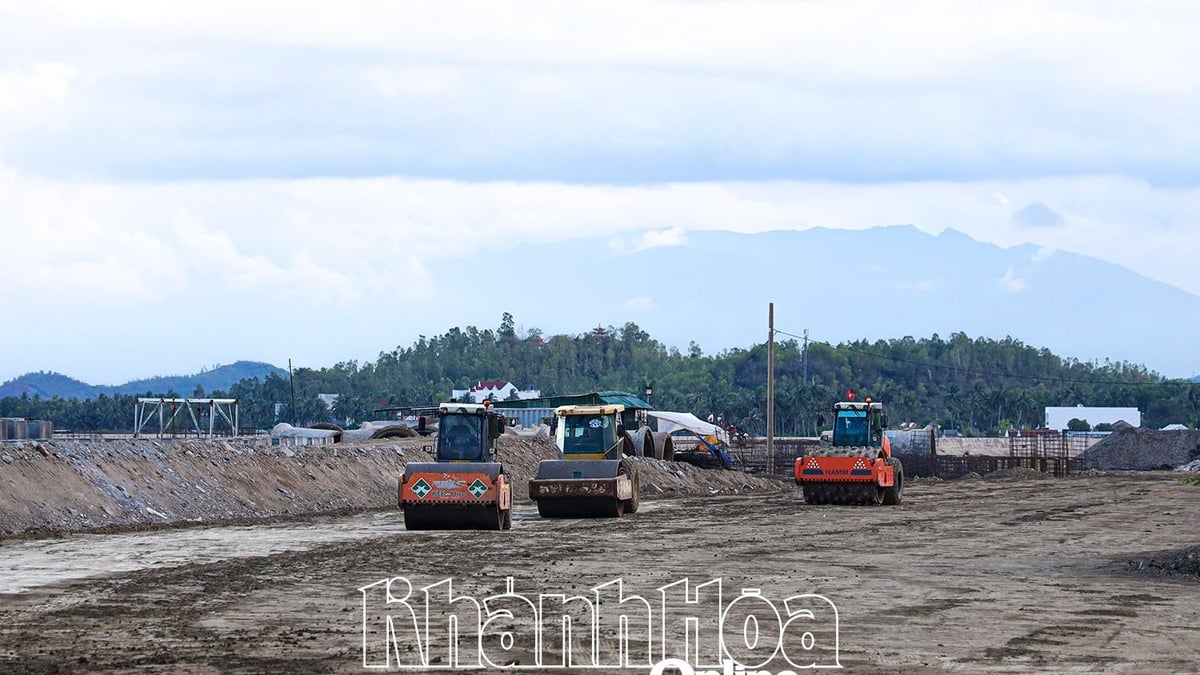
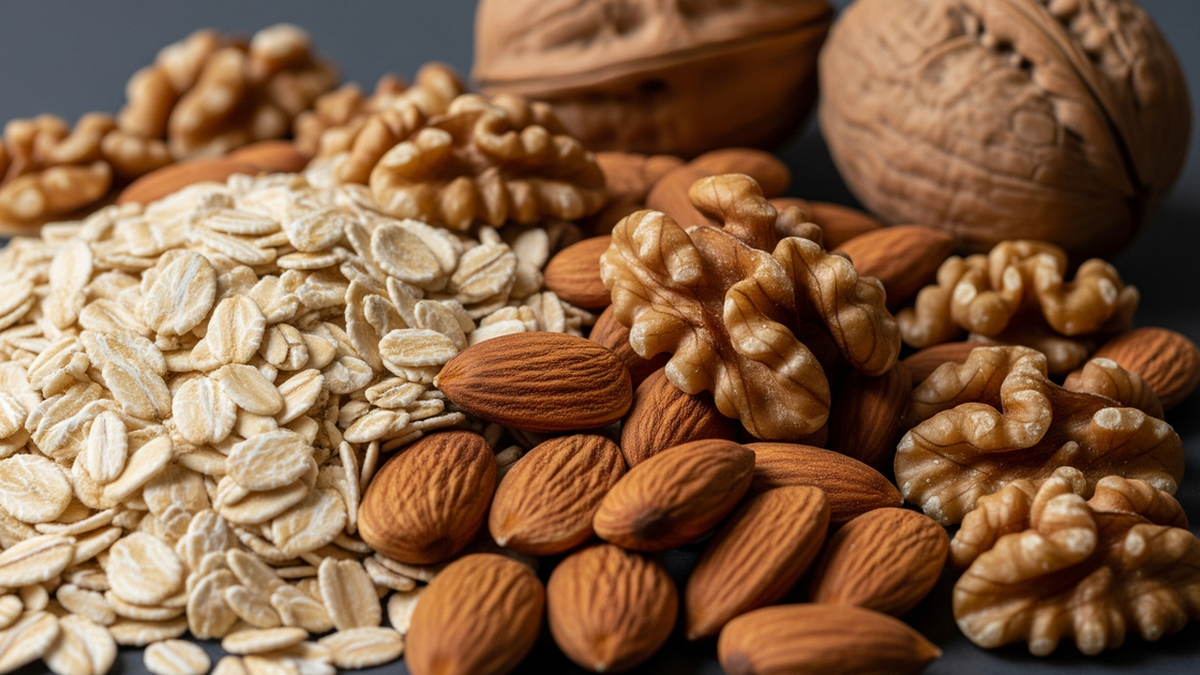















![[Photo] Signing of cooperation between ministries, branches and localities of Vietnam and Senegal](https://vphoto.vietnam.vn/thumb/1200x675/vietnam/resource/IMAGE/2025/7/24/6147c654b0ae4f2793188e982e272651)

















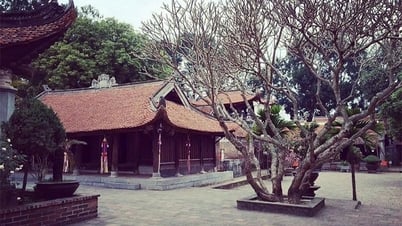



























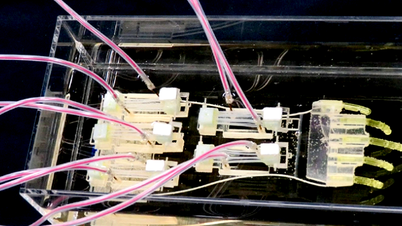
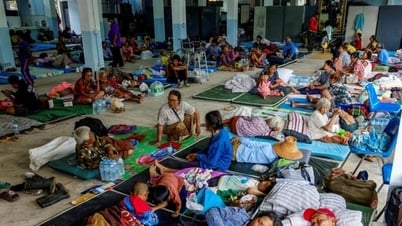



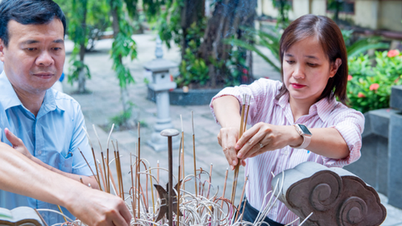




























Comment (0)